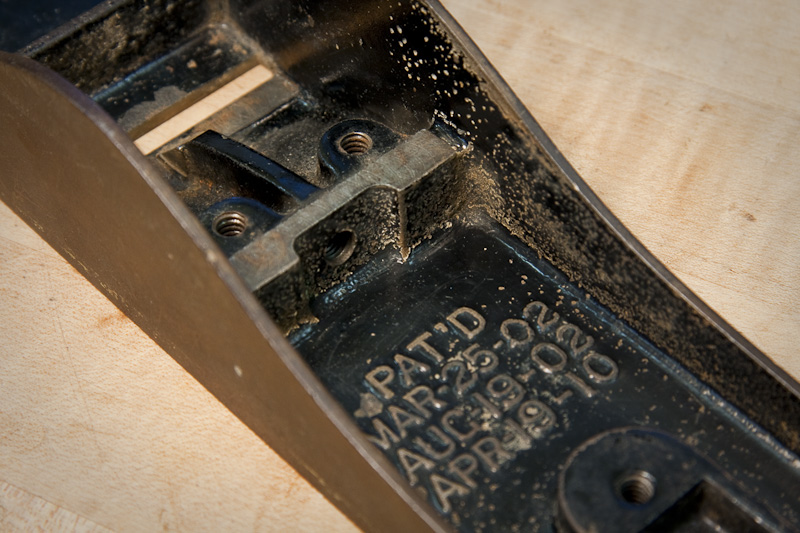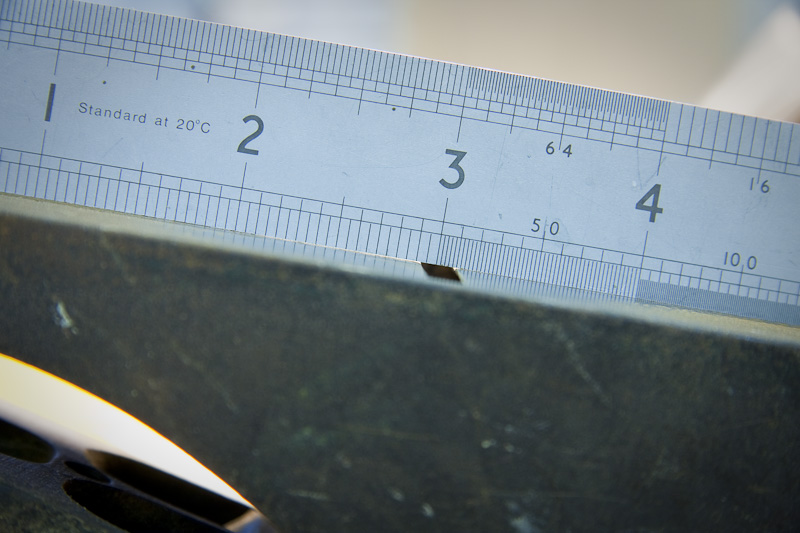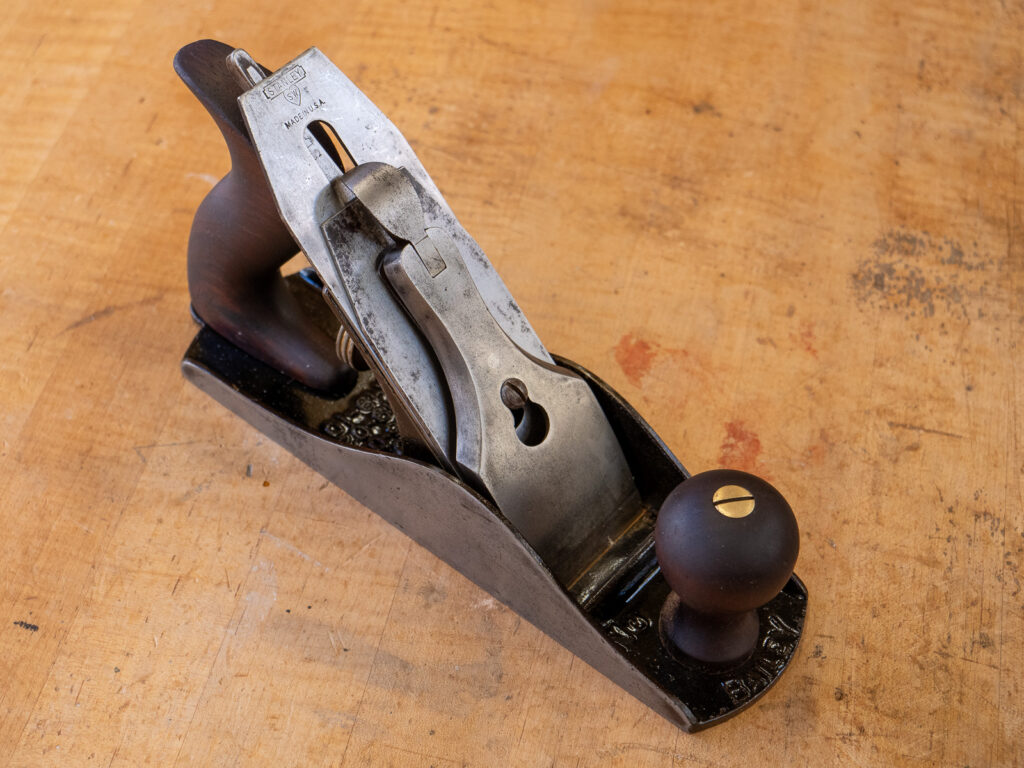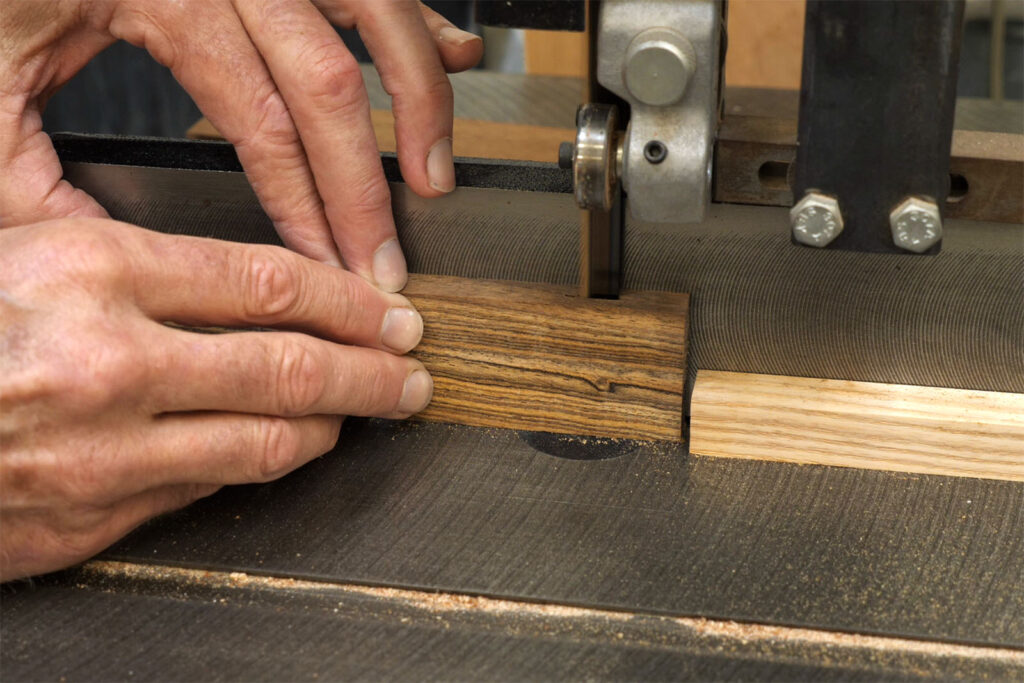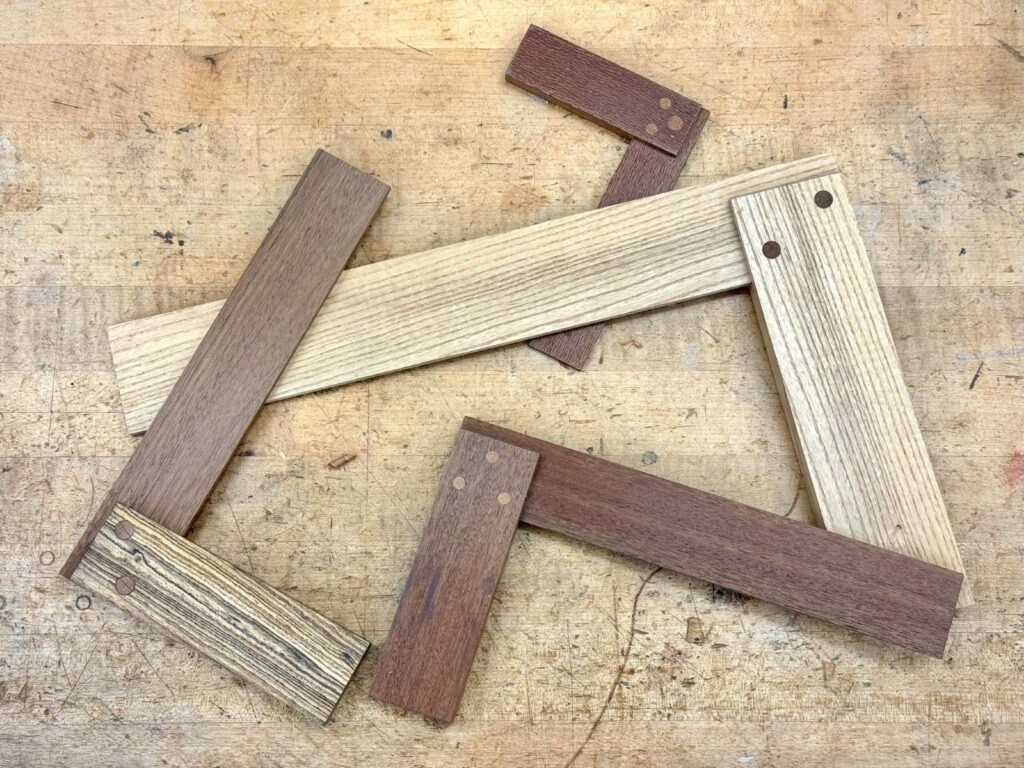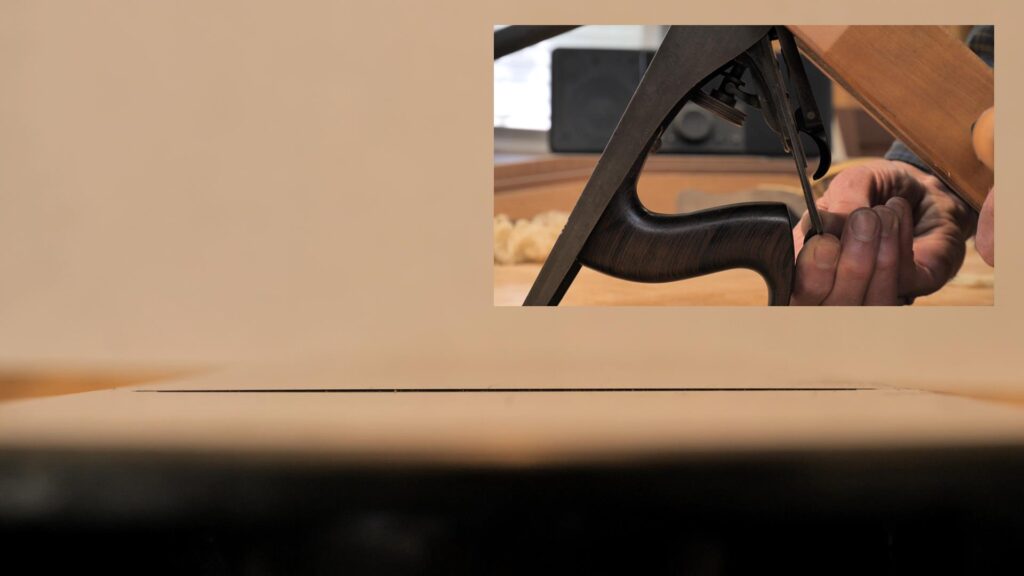Plane Tune-up 3
The first order of business for cleanup is the body of the plane. If it’s not in decent shape, all I have is a paperweight with some spare parts. During the cleanup process, I’ll primarily be looking for cracks.
I use paint thinner or kerosene to clean the metal parts. I pour it in a pan and use a toothbrush to clean most surfaces. Because there are lots of corners which the toothbrush won’t reach, I also use an acid brush with the bristles cut to about 3/8″. It does a much better job of getting into the corners.
I use a Q-Tip to get into the screw holes. I also thread the appropriate screws in and out of the threaded holes a few times, which along with the solvent, cleans things up nicely.
The japanning is typically chipped off in many places, and the cast iron below is often rusted. I use a small brass wire brush with light pressure to clean up the rust. Too much pressure will scratch the japanning.
This plane had some white paint splattered on it, which did not come off with the wire brush. I used a somewhat dull scratch awl to pick away at the paint. The scratch awl was also helpful in cleaning the corner areas near the frog interface. Here’s a detail photo of the cleaned up body. Lots of pitting, but I’ll deal with that later.
Next, I want to determine if the sole is flat. The area of most concern is around the mouth. In order for the plane to work well, the mouth area needs to be in close contact with the wood. I use a straightedge to check.
Not good. At the most important location, the front edge of the mouth, the sole of the plane is about .010 hollow. If I wanted to use the plane for relatively rough work, this wouldn’t be a problem. But I use my #5 for all kinds of things, including smoothing, and I want the sole flat. How to get there?
It’s quite possible to do this yourself with some sandpaper and a flat surface. With the price of sandpaper at least a buck a sheet, and my time valued at something greater than $10/hr, it was a no-brainer for me at the time. I had it machined by a local machine shop. I used to use Ro-La Grinding, whose owner was “trained” in the art of plane grinding by Allan Boardman back in the 1980’s. Unfortunately, Ro-La Grinding has since closed; the owner, George, retired. I tried to get his plane grinding jigs, but by the time I was able to contact him they were gone. Alas, I am not aware of anyone in the LA area who can reliably flatten plane bodies… If you know of someone, please contact me.
If you use sandpaper to do this, I suggest you get some 1/2″ glass, about 9″ wide and 22″ long. That will allow you to adhere two sheets of sandpaper end-to-end. A granite block would work great, but they are not typically found in that size. Wet-or-dry sandpaper works well, but I suggest instead you use 3M PSA Micro-Finishing Film. It is self-adhesive and lasts longer than regular sandpaper. You can purchase it from Rio Grande. I use the 100 and 80 micron grits. Use a small roller to carefully adhere the paper; you don’t want any bubbles!
